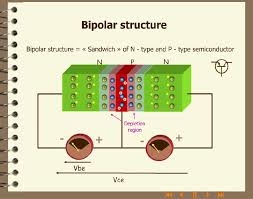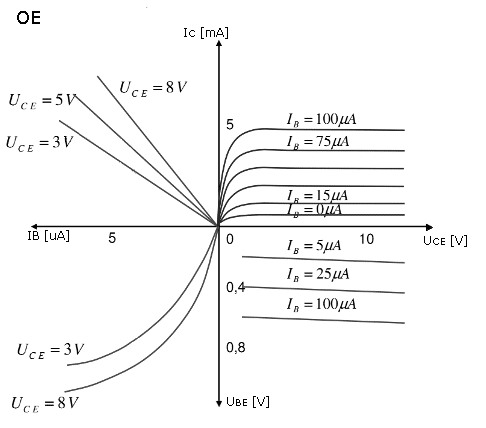
I am aware that I can withdraw this consent at any time with future effect.
Bipolar transistor charging free#
In return for this free access to editorial content, my data may be used in line with this declaration of consent for the purposes described herein. AktG, I must register with additional data in order to access that content. If I wish to access protected content online on portals of Mesago including its affiliates within the meaning of Section 15 et seq. If my personal telephone number has also been collected, it may be used to send offers for the aforementioned products and services from the above companies, as well as for market research purposes.
Bipolar transistor charging Offline#
The content of the newsletter covers the products and services of all of the companies listed above including, for example, trade magazines and specialist books, events and exhibitions and event-related products and services, printed and digital media products and services such as additional (editorial) newsletters, competitions, lead campaigns, online and offline market research, technical web portals and e-learning courses. I have viewed lists of each group of affiliates here for the Mesago. 83-85, 70178 Stuttgart, Germany including all of its affiliates within the meaning of Section 15 et seq. I consent to the use of my email address to send editorial newsletters by Mesago Messe Frankfurt GmbH, Rotebühlstr. Consent to the use of data for advertising purposes More detailed information is available in our privacy policy. Where we collect personal data from you, we process the data in compliance with the relevant data protection regulations. It goes without saying that we treat your personal data responsibly. The speed of the BJT was incrementally increased through the process of doping, leading to the invention of BJT variants such as: Towards the end of the century, germanium was replaced by silicon, a material demonstrating more thermally stable.

Until the 1960s, germanium was used in the layers. Invented by the physicist William Shockley in 1947, the BJT has gone through a number of iterations over the years. The electrons then move from the emitter to the collector this movement creates a higher current flow between the two n-type layers. In an NPN sandwich, electrons are attracted to the base from the emitter. Here, one of the n-type layers (the emitter) is negatively charged, while the other (the collector) is positively charged. In an NPN sandwich, amplification occurs when a small positive current is attached to the p-type layer (the base). When electrical contacts are placed on all three silicon layers and the current is switched on, the electrons in the current will flow between the n-type and p-type silicon layers. The former switches on when the current flows through the base, while the latter switches on only when there’s no current in the base. There are two types of sandwiches: NPN (negative-positive-negative) and PNP (positive-negative-positive). This push-and-pull effect between the layers enables the electrical current to be amplified and controlled.

The n-type layers, on the other hand, should encourage electrons to flow out of the transistor. It's the p-type layers in a BJT's job to attract the electrons that enter the transistor through its input circuit. Moreover, impurities are commonly added to the silicon via doping to make the layers behave as desired. Bipolar junction transistors usually contain silicon.

The name "bipolar" comes from the fact that this type of transistor contains two types of semiconductor material - one positive type (p-type) and one negative type (n-type) - through which a current flows. Simply put, a BJT is a three-terminal semiconductor device. What is a bipolar junction transistor (BJT)? In this article, we'll go through the basics of this type of transistor. A bipolar junction transistor, also called bipolar transistor, is a three-terminal device that can function as electronic switch or signal amplifier.


 0 kommentar(er)
0 kommentar(er)
